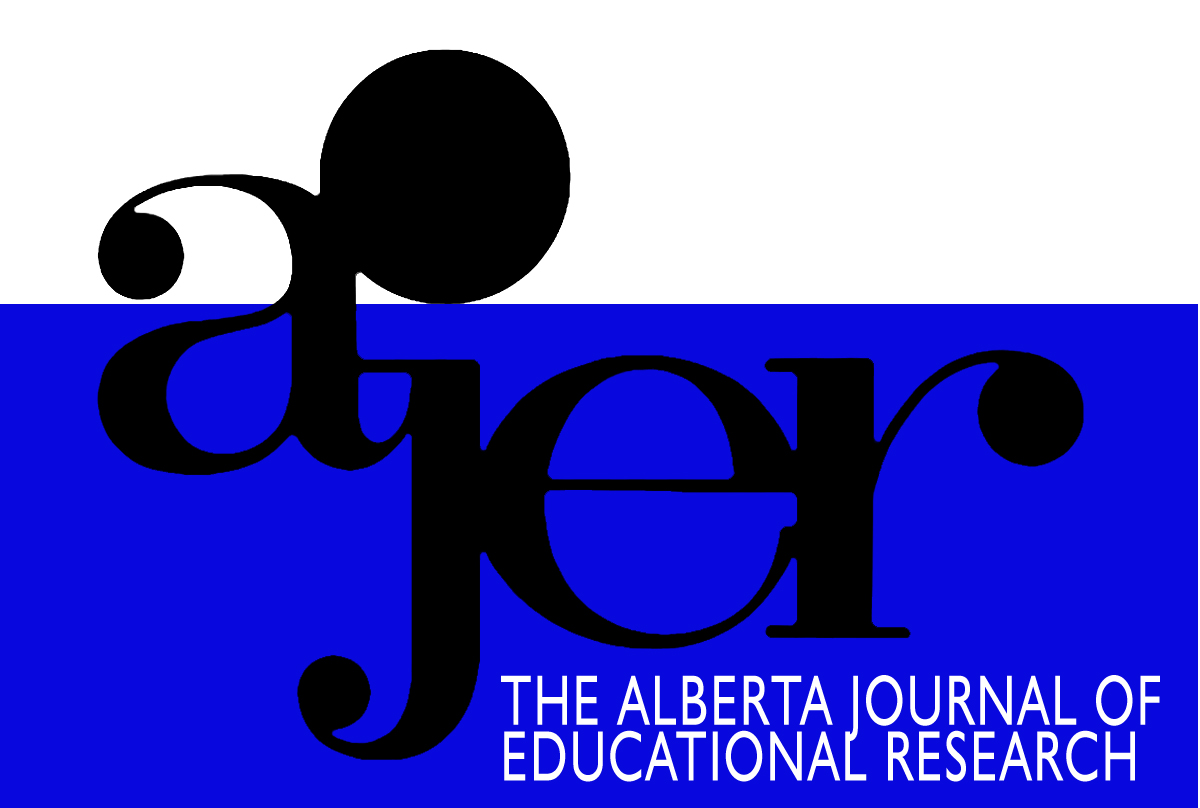Measuring Students’ Perception of Learning: The Systematic Development of An Instrument
DOI:
https://doi.org/10.55016/ojs/ajer.v66i4.68240Abstract
Within the education sector various tools have been used to measure effectiveness of instruction. It is typical that measures of teaching effectiveness include, but are not limited to, the student’s perception of their experience in the classroom and with a given instructor. Student evaluations of teaching (SETs) are one form of measurement commonly used in American universities. It is important to determine whether these SETs are helpful in assessing effective teaching and the instructor’s work in and out of the classroom, in general. To determine whether these SETs are helpful in assessing effective teaching and the instructor’s work in and out of the classroom, in general, we sought to develop an instrument to measure the students’ perception of teaching and learning as represented by three concepts: Student, Course, and Instructor. We used scaled survey items, some of which we borrowed from other instruments to operationalize the concepts and create a pilot test. We analyzed the data using Factor analysis techniques. The result was an instrument that included 24 items scaled on a five-point Likert scale.
Key words: Teaching evaluation, instructor evaluation, course evaluation, student evaluation of teaching, students’ perception of learning.
Dans le secteur de l’éducation, divers outils ont servi à l’évaluation de l’efficacité de l’enseignement. Typiquement, les mesures de l’efficacité de l’enseignement comprennent, entre autres, la perception qu’a l’étudiant de son expérience en classe et avec son professeur. Les évaluations par les étudiants de l’enseignement sont une mesure couramment utilisée dans les universités américaines. Il est important de déterminer si ces évaluations par les étudiants sont utiles dans l’évaluation générale de l’efficacité de l’enseignement et du travail du professeur en salle de classe et à l’extérieur de celle-ci. Pour le faire, nous avons tenté de développer un instrument permettant de mesurer la perception qu’ont les étudiants de l’enseignement et de l’apprentissage en fonction de trois concepts : l’étudiant, le cours et le professeur. Pour mettre en œuvre les concepts et créer un essai pilote, nous nous sommes servi de questions de sondage échelonnées, dont certaines ont été empruntées à d’autres instruments. Nous avons analysé les données avec des techniques d’analyse factorielle. Le résultat est un instrument à 24 items gradués selon l’échelle de Likert.
Mots clés : évaluation de l’enseignement, évaluation de l’enseignant, évaluation de cours, évaluation par les étudiants de l’enseignement, perception des étudiants de l’apprentissage
Downloads
Downloads
Published
How to Cite
Issue
Section
License
UNIVERSITY OF ALBERTA COPYRIGHT LICENSE AND PUBLICATION AGREEMENT
If accepted, authors will be asked to sign a copyright agreement with the following points:
A. Where there is any inconsistency between this Copyright License and Publication Agreement and any other document or agreement in relation to the same subject matter, the terms of this Agreement shall govern.
B. This document sets out the rights you are granting in relation to publication of your article, book review, or research note entitled (the “Article”) through inclusion in the academic journal titled Alberta Journal of Educational Research (the “Journal”) published through the Faculty of Education, representing the Governors of the University of Alberta (the “Journal Editor”).
C. There will be no payment to you for this publication and grant of rights. In consideration of the agreement to publish the Article in the Journal:
1. You are warranting that:
- the content of the Article is your original work, and its content does not contain any material infringing the copyright of others; or, where the Article is not entirely your original work, you have obtained all necessary permissions in writing to grant the rights you are giving in this agreement;
- the content of the Article does not contain any material that is defamatory of, or violates the privacy rights of, or discloses the confidential information of, any other person;
- the Article has not been published elsewhere in whole or in part, and you will not allow publication of the Article elsewhere without the consent of the Journal Editor;
- the names of all co-authors and contributors to the Article are:
2. You agree to license the copyright in the Article to the Journal Editor, on a worldwide, perpetual, royalty free basis; and to the extent required by the terms of this agreement. You shall retain the right at all times to be acknowledged as the/an author of the Article.
3. You further agree that the Journal Editor has the entitlement to deal with the Article as the Journal Editor sees fit, and including in the following manner;
- The right to print, publish, market, communicate and distribute the Article and the Journal, in this and any subsequent editions, in all media (including electronic media), in all languages, and in all territories, ing the full term of copyright, and including any form of the Article separated from the Journal, such as in a database, abstract, offprint, translation or otherwise, and to authorize third parties to do so;
- The right to register copyright of the Journal;
- The right to edit the Article, to conform to editorial policy as the Journal Editor sees fit.
4. If any co-author or contributor to the Article does not sign this agreement, the Journal Editor reserves the right to refuse to publish the Article.



